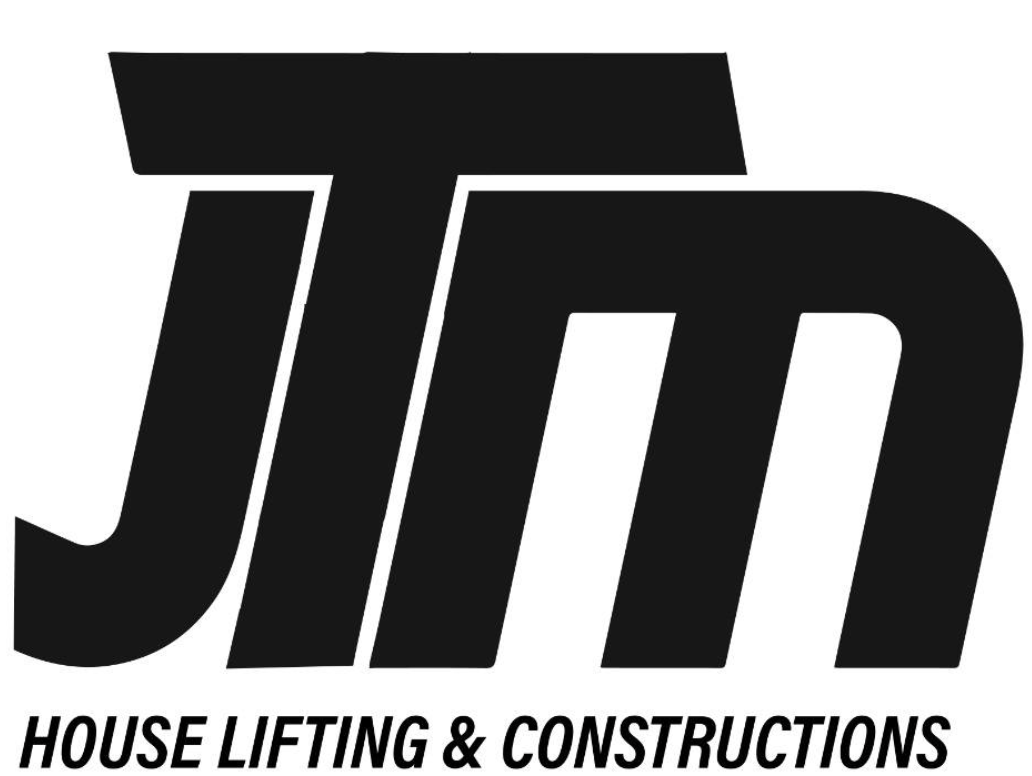Are you noticing cracks in your walls or uneven floors in your home? It might be time to consider house restumping and raising.
This process involves replacing the old stumps that support your house with new ones, ensuring stability and preventing further damage.
In this article, we will explore the signs that indicate the need for restumping and raising, as well as the process and benefits of undertaking this important home improvement project.
If you have been experiencing difficulty opening or closing doors, or if you notice gaps between windows and frames, these are telltale signs that your house may need restumping and raising.
Uneven floors can also be a clear indication of foundation problems. By addressing these issues promptly, you can prevent further damage to your home’s structure and ensure the safety of everyone living within it.
Restumping and raising is a complex process that involves lifting your house off its existing stumps using hydraulic jacks. This allows for the removal of damaged or deteriorated stumps before replacing them with new ones made from durable materials such as concrete or steel.
The benefits of undertaking this project include improved stability, reduced risk of further structural damage, increased property value, and enhanced aesthetic appeal. So if you suspect any issues with the foundation of your home, read on to learn more about how restumping and raising can address these concerns effectively.
## Signs that Your House Needs Restumping and Raising
If you’re experiencing doors that stick or windows that won’t close properly, it’s likely time to consider restumping and raising your house. These are common signs that the foundation of your home has shifted or settled over time, causing structural issues.
Restumping involves replacing the old stumps or columns that support your house with new ones, while raising lifts the entire structure to a higher level. By addressing these problems early on, you can prevent further damage and ensure the stability and safety of your home.
Another telltale sign that your house needs restumping and raising is uneven floors. If you notice sloping or sagging floors in certain areas of your home, it indicates a problem with the foundation. This can be caused by various factors such as soil movement, termite damage, or inadequate support.
Restumping and raising will help correct these issues by providing a solid base for your house and leveling out any unevenness. It’s important not to ignore these warning signs as they can lead to more serious problems down the line, including cracks in walls and ceilings or even structural failure.
So if you’re experiencing any of these signs, don’t hesitate to consult professionals who specialize in restumping and raising houses to assess the situation and recommend necessary repairs.
## The Process and Benefits of Restumping and Raising
One major advantage of this process is that it can significantly improve the structural stability and longevity of your home. When a house is restumped and raised, it allows for the inspection and repair of any damaged or deteriorating stumps. This ensures that your home’s foundation is solid and able to support the weight of the structure above it.
By replacing old or faulty stumps with new ones, you can prevent further damage to your home caused by sinking or uneven floors. Additionally, restumping and raising your house provides an opportunity to make necessary repairs or upgrades to plumbing, electrical wiring, and insulation. This not only improves the overall functionality of your home but also enhances its energy efficiency.
The process also allows for better ventilation under the house, reducing the risk of moisture buildup and subsequent issues such as mold growth or termite infestation. Overall, restumping and raising can greatly extend the lifespan of your home while providing you with a safer, more comfortable living environment.
